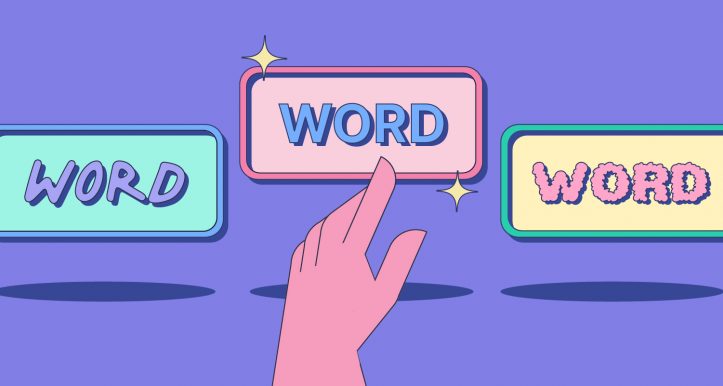What is the Word? This is one of the age-old questions of humanity. It has baffled many people throughout history. The meaning of a word changes depending on who is asking, the context it is used in, and how it is pronounced.
In linguistics, a word is defined as a sequence of phonemes which can only be uttered as an independent unit without any reference to other words, pronouns, or emotions. A word may be single, possessive, adjective, verb, or noun. A single word is a noun, verb, or adjective and refers to a single thing. For example, the word “apple” refers to an object.

An adjectival phrase is a word that modifies another noun. For example, “a tall and slim girl” refers to a human being. The definite article “a” and “s” modify the first word, while the indefinite article “a” and “s” modify the second word.
In spoken language, a word boundary is a division of space occupied by a word. For instance, the words “up” and “down” are both boundaries; hence, they cannot be used at the same time. In spoken English, a word boundary is a distinction that separates one speech zone from another. A common word boundary in spoken language is the exact number of times that two words (or phonemes) occur in the same direction in the same language.
Phonetics is the study of sound patterns. Like everything else in linguistics, phonetic pronunciation is a process that determines the meaning of words based on the sounds that distinguish other words. An example of a moronic concept is the word “dog,” which can mean either “a kind of dog” or “a breed of dogs.”
Word origin is also important principle linguistics. As mentioned above, all words have a word root, which creates the basic structure of the word. Root words are the most frequent kind of suffixes, but also include prefixes and suffixes, like -ing, -edly, -less, -ishly, -orrowed, and – rebuilt. A word stem is a part of the word’s basic definition that serves as a suffix. For example, the word “water” is a word root that suggests water; when combined with other suffixes like “helps,” it becomes “the liquid that helps.”
An adjective has two basic types: one that describes something and one that describe a thing. Unlike many languages, Spanish has two classifications of adjective tenses, which can mean either “has” or “is.” One tense describes the quality of something, while the other describes the relation of something to another. An adjectival clause can have one of these tenses as well as one or more prefixes and suffixes denoting properties or qualities of the noun it modifies. Spanish adjectives also often use suffixes indicating the number, shape, gender, and other qualities.
In order to describe the relationship between Spanish words and their roots, linguists use a system called morphogenesis. Morphogenesis describes how words are formed from parts of speech over the course of history. For instance, the word “person” can be derived from two base words, “man” and “to be.” The exact relationship between these words, or the lack thereof, is determined by their placement in speech. All Spanish words consist of morphologically constructed stems that form words into meaningful phrases and arguments.
Another example of how words change over time is the existence of suffixes denoting both meaning and form. An adjective like “large” in English can be derived from the root word “to be large.” An adjective with a form like “large” in Spanish, on the other hand, can only be derived from the base “to be.” Both words have the same meaning; they just have different forms. A Spanish word’s form is rooted in the root noun it modifies.
One of the most important distinctions between a definite article in English and in Spanish, is the use of the word “inn.” A definite article in English can indicate either indefinite or definite meaning, depending on its position in the sentence. An English word ending in -ly is an indefinite article. A Spanish word beginning in -it is a definite article. English endings in -ly do not indicate indefinite meaning. A Spanish word beginning in -it is a definite article while a Spanish word ending in -a is not.
The arrangement of words in a sentence also plays a role in determining their spelling and pronunciation. Sentences that begin with a capitalize are always written in lower case while those that begin with lowercase letters are capitalized. In addition, words in the middle of a sentence usually receive the role of articles. Words such as “the” and “thee.” Are definite articles while “this” and “that” are not. In short, the rules for spelling and pronunciation for any language are not static.